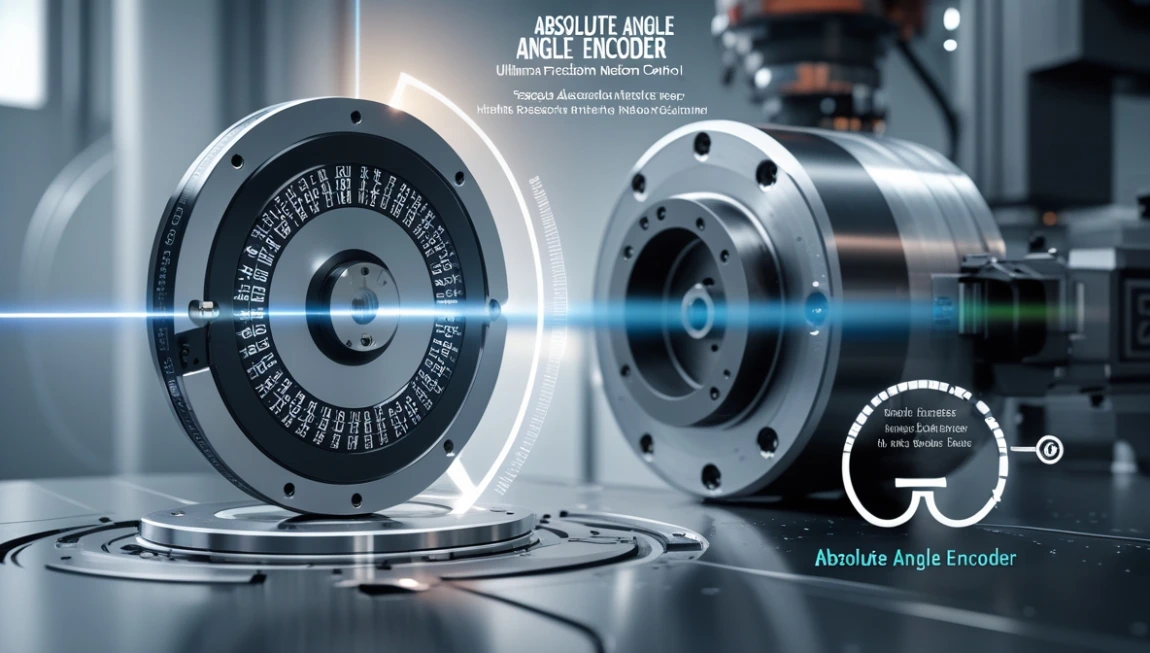Introduction
An absolute angle encoder is a critical component in many industrial and automation applications. It provides precise angular position data, ensuring accurate control in robotics, CNC machines, and more.
But what exactly is an absolute encoder? How does it work, and why should you consider using one? This guide covers everything—from basics to buying tips—so you can make an informed decision.
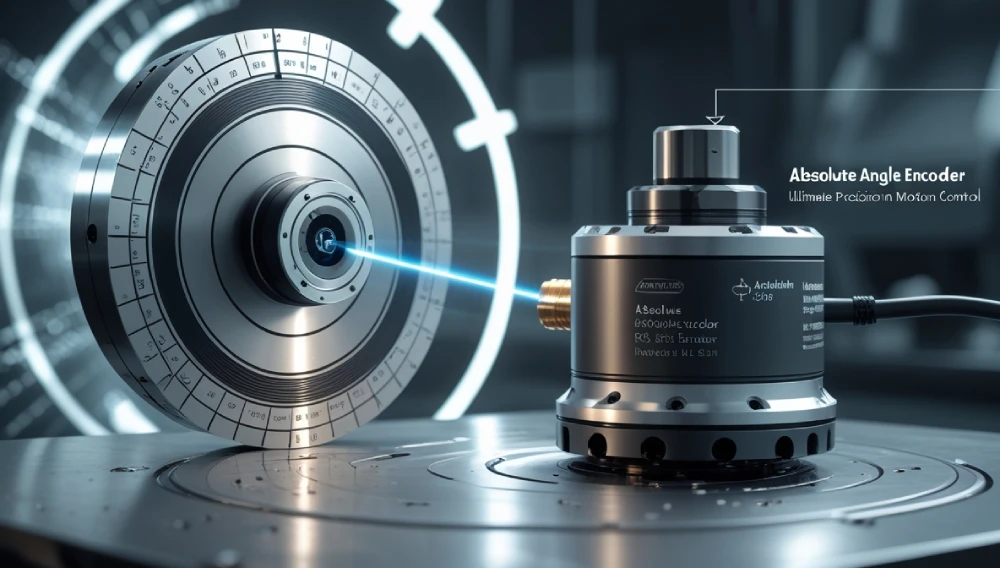
Amazon Featured
Amazon Newest Arrivals $ 157.62
What Is an Angle Encoder?
An absolute angle is a sensor that measures the exact angular position of a rotating shaft. Unlike incremental encoders (which only track movement), absolute encoders provide a unique digital code for each position, even after power loss.
Key Features:
- High precision (up to ±0.01°)
- No need for homing after power-up
- Digital output (SSI, SPI, BiSS, or parallel)
- Durable for harsh environments
How Does an Angle Encoder Work?
Absolute encoders use a coded disc (optical, magnetic, or capacitive) to determine position. Here’s a simplified breakdown:
- Disc Rotation – A disc with unique patterns rotates with the shaft.
- Sensor Detection – Optical or magnetic sensors read the pattern.
- Digital Conversion – The encoder converts the reading into a digital signal.
- Output – The position is sent to a controller (e.g., PLC or CNC).
Types of Absolute Encoders:
| Type | How It Works | Best For |
|---|---|---|
| Optical | Uses light & photodiodes | High-precision applications |
| Magnetic | Relies on magnetic fields | Harsh environments (dust, moisture) |
| Capacitive | Measures capacitance changes | Cost-effective solutions |
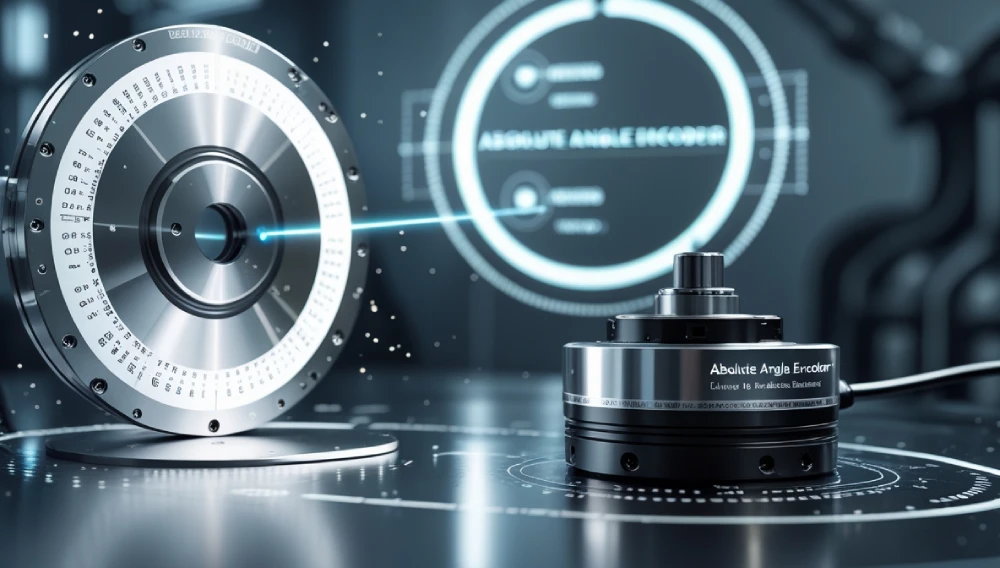
Absolute vs. Incremental Encoders
| Feature | Absolute Encoder | Incremental Encoder |
|---|---|---|
| Position Tracking | Retains position after power loss | Loses position, needs homing |
| Output | Unique digital code | Pulses (A/B/Z signals) |
| Complexity | More complex, expensive | Simpler, cheaper |
| Best For | CNC, robotics, aerospace | Speed measurement, simple positioning |
Top 5
1. Heidenhain RON 786 (Best for High Precision)
✅ Pros:
- Resolution up to 30-bit
- Robust stainless steel housing
- Works in extreme temperatures
❌ Cons:
- Expensive
- Requires professional installation
2. Broadcom AEAT-8800 (Best Budget Option)
✅ Pros:
- Affordable
- Magnetic, resistant to dust/oil
- Easy to integrate
❌ Cons:
- Lower resolution (14-bit)
3. Sick DFS60 (Best for Industrial Use)
✅ Pros:
- IP67 protection (dust/waterproof)
- High shock/vibration resistance
- Multiple interface options
❌ Cons:
- Slightly bulky
4. Renishaw RESOLUTE (Best for Robotics)
✅ Pros:
- Ultra-high accuracy (±0.1 arc-sec)
- Non-contact optical design
- Low latency
❌ Cons:
- Premium pricing
5. Pepperl+Fuchs ENI58 (Best for Harsh Environments)
✅ Pros:
- Resistant to EMI interference
- Wide temperature range (-40°C to 85°C)
- Long lifespan
❌ Cons:
- Limited resolution (18-bit)
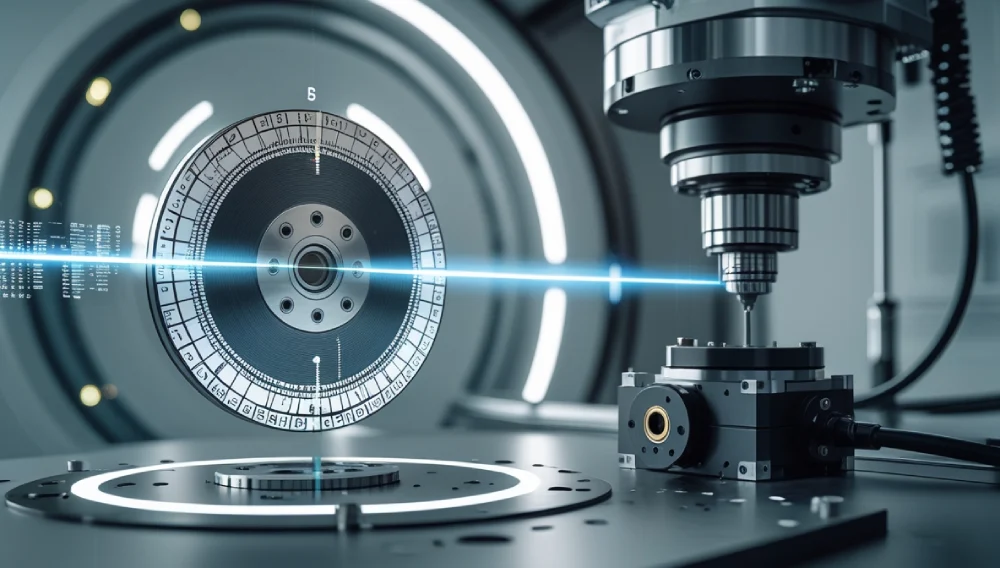
Buying Guide
1. Determine Your Resolution Needs
- Low precision (12-16 bit): Basic automation
- High precision (17-30 bit): CNC, aerospace
2. Check the Output Interface
- SSI/SPI: Common in industrial settings
- BiSS/Profibus: For high-speed applications
3. Consider Environmental Conditions
- Dust/Oil? → Magnetic encoder
- High vibrations? → Ruggedized models
4. Set a Budget
- Under $200: Basic magnetic encoders
- $500+: High-end optical encoders
5. Verify Mounting & Compatibility
- Shaft size (6mm, 10mm, etc.)
- Hollow-shaft vs. solid-shaft
My Personal Experience with Absolute Encoders
I recently installed a Heidenhain RON 786 on a CNC milling machine. The setup was complex, but the zero-drift performance was impressive—no recalibration needed even after power cycles. For a cheaper alternative, the Broadcom AEAT-8800 worked well in a 3D printer upgrade.
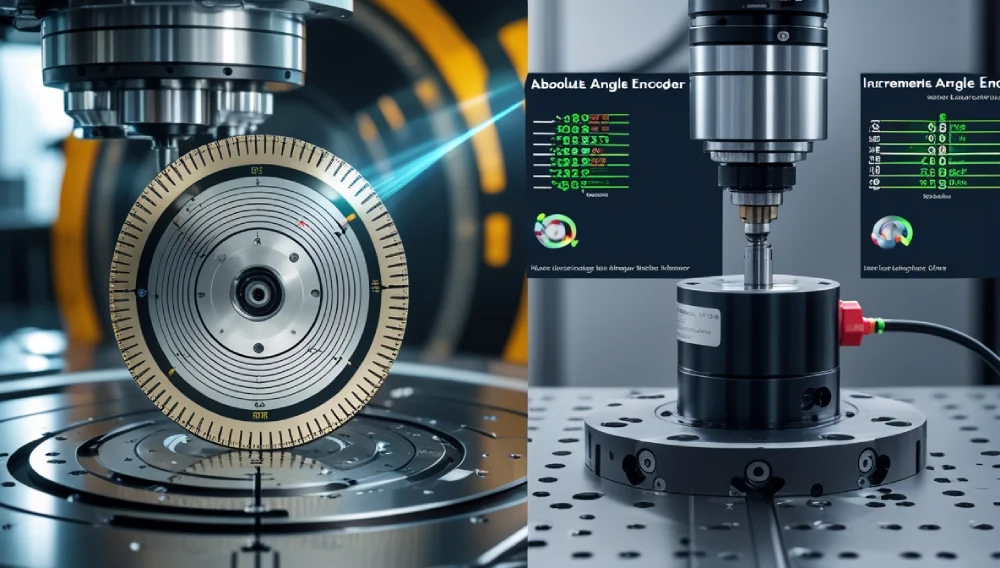
FAQs
Q: Do absolute encoders need batteries?
Some single-turn models don’t, but multi-turn encoders may require a backup battery.
Q: Can I replace an incremental encoder with an absolute one?
Yes, but you’ll need a compatible controller (e.g., PLC with SSI input).
Q: What’s the lifespan of an absolute encoder?
Optical: ~50 million rotations | Magnetic: ~100 million rotations.
Q: Are absolute encoders waterproof?
Check the IP rating—IP67 means dust/waterproof.
Conclusion
Absolute angle encoders provide unmatched precision and reliability for automation, robotics, and CNC applications. Whether you need a budget-friendly magnetic encoder or a high-end optical model, there’s an option for every need.
Read More: 4k streaming encoders
